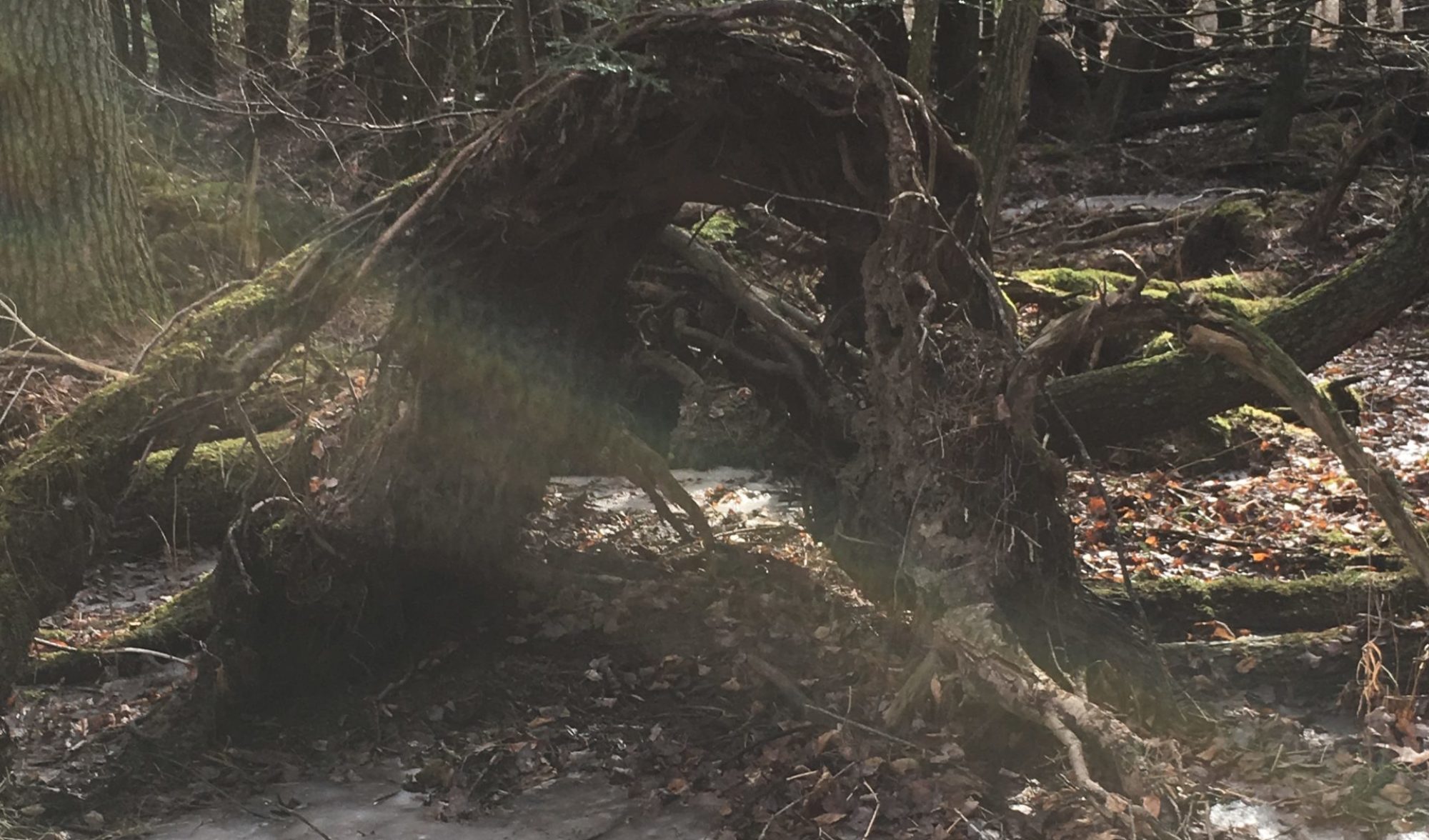Why does a hiker wear “bear bells” on Lehigh Path?
So a predator can locate a hiker from a distance, and officials can locate the predator that ate the hiker.
Seriously, while hiking the mostly unmapped backcountry of Lehigh Path, the founder vocalizes, “hey bear, hey bear” while walking into a headwind or crosswind along a path hemmed by deep cover to alert a hidden bear to human presence that may not catch his scent. You could vocalize, “[any phrase]” with the same effect. Just don’t vocalize bird or other animal sounds unless you want a bear on your lap. If you are walking with the wind at your back, “fearful bears” will smell you and vamoose long before they hear you. Most but not all black bears along Lehigh Path are “fearful” of humans because of hunting season.
Although vocalizing to alert a nearby hidden bear in dense cover to your presence is sensible, it’s foolhardy to alert every predator for hundreds of yards in all directions to your precise location with step-activated ringing. With a bear bell, you make it simple for any predatory bear or wolf-hybrid, Eastern-Coyote pack intent on eating you to discover you from faraway, then, stealthily track and charge you from behind or at close quarters with no reaction time for your self-defense.
When you are in the forest on Lehigh Path, the large bears and wolf-hybrids either consider you as another predator or prey. If you behave like an apex predator other predators will fear you and flee; if you behave like prey eventually you will be attacked. An apex predator doesn’t “ding-a-ling” in the forest like a cow with a cowbell on a farm.
With that said, there is no room for false bravado in black bear confrontations because even a yearling can kill a human. If confronted with a bear you can hold your ground or slowly step backwards while facing the bear; however, never make eye contact with a bear, and never advance forward on a bear because you will provoke not a false charge but a true attack.

